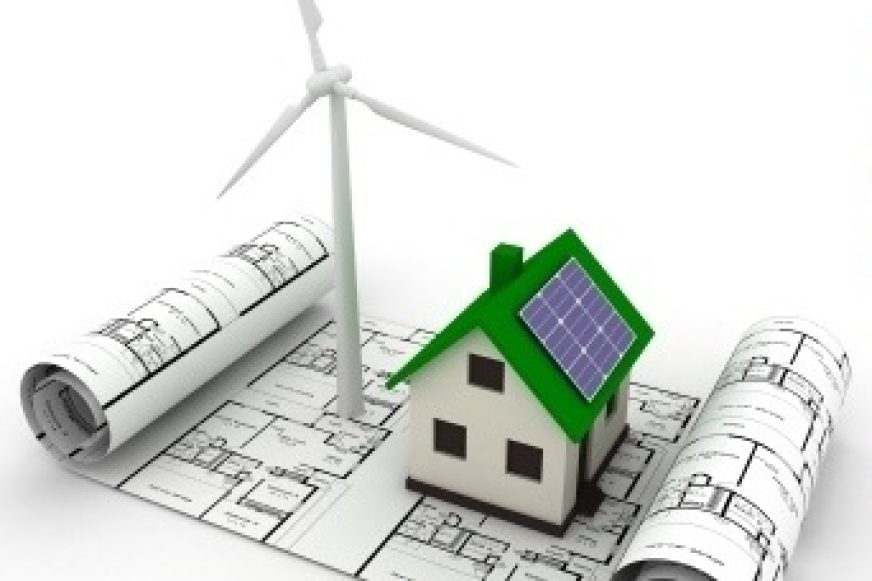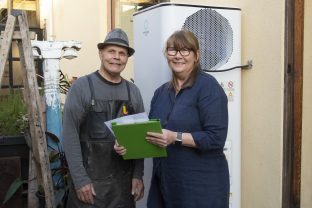Efficient homes are becoming more and more popular each year. Savvy householders are already asking for efficiency features when buying or renting a home. It’s about being smart with your choices, efficient with your resources and protecting the future of your best asset. There are many myths around relating to creating a green home, we think it’s about time some of those myths were busted! So here goes.
Building Green costs more
Fact – It costs the same to design a ‘green’ home as it does a traditional home. Up to 80% of a building’s efficiency can be attributed to the design and the materials selected. By using simpler lines, proper orientation, building smaller and more space efficient homes, the price is on par with standard building practices. In fact 10 years ago a colleague designed and built a highly ‘green’ home in Victoria, the additional build cost was only 2%, 10 years ago! It doesn’t have to cost more to build better, and you get the added benefit of significantly lower bills! Why wouldn’t you build green? Especially when so many are now looking for efficient, healthier homes. BUSTED!
Green products don’t work as good as traditional products
Whilst all new technologies need bedding in, we’re well past that. Many of the products used as part of ‘green building’ these days have been around for years, even decades. And sometimes it’s not a new product, just a different way to use it. A great example is the brick veneer home. Decades ago standard homes were built with the bricks on the inside to help stabalise internal temperatures (this is standard practice in other countries). That’s now called ‘reverse brick engineering’ and going back to that is simply realising the benefits of an old practice. Newer technologies such as LED lighting have now settled in and provide significant benefits over incandescent and halogen lighting. Heat pump technologies and inverter air conditioners are significantly more efficient than their traditional counterparts. Why buy an energy guzzler when there are so many better options available? BUSTED!
Building Green is too hard
Finding a builder that is open to new technologies and knows how to build an efficient home is a thing of the past. If your builder isn’t up to building a ‘tight building envelope’ which is required for today’s minimum energy rating standard (6 star home), find another builder. The Master Builders Association (MBA) have a program called Green Living where builders have been trained to ‘build green’, the Housing Industry Association (HIA) have their GreenSmart Professional program. You can find a list of trained builders on the respective websites. Simple things like using good quality materials that are sustainably sourced (eg. FSC certified wood), draft proofing the home and being mindful of energy efficient appliances is not rocket science and products are now very easy to find. BUSTED!
I just need energy saving appliances
Having a green home is not just about using a highly energy efficient heating system or refrigerator (although that does help). It’s a holistic approach that includes an efficient building structure (6 star rated or preferably higher), using appropriately sized efficient appliances, installing non-toxic finishes and glues, and choosing environmentally responsible products. These days the ‘green’ choices are easy to find. If you’re not sure, just ask the question ‘What are the environmental credentials of this product?’ and see what answer you get. If they can’t give you any, look for something else. BUSTED!
Green Building is a passing Fad
Building MacMansions, having ‘Avocado’ bathrooms and Mission Brown woodwork, is a Fad. Having a home that is comfortable to live in, uses less resources, is cost effective and provides a healthier environment for you and your family to live in, is not. BUSTED!
The question is no longer ‘Should I build a green home?’,








